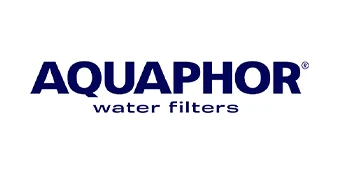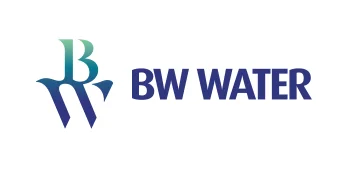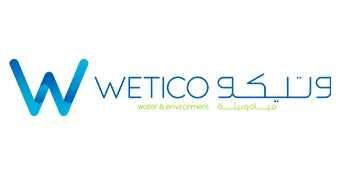Professional Water Quality Issues Introduction
Terminologies in Water Analysis
TOD (Total Oxygen Demand)
It refers to the amount of oxygen required when reducing substances in water are burned at high temperatures to become stable oxides.
It reflects the amount of oxygen that needs to be consumed when almost all organic matter in water is burned to turn into CO2, H2O, NOx, SO2, and so on.
COD (Chemical Oxygen Demand)
It is the amount of oxidizer consumed when treating a water sample with a certain strong oxidizer.
It reflects the extent to which water is contaminated by reducing substances and measures the content of all organic matter in the water.
BOD (Biochemical Oxygen Demand)
It is the amount of oxygen required for the stable decomposition of biodegradable organic matter in water at 20°C and under aerobic conditions.
It reflects the content of organic matter that can be biodegraded, chemical oxygen demand (COD) is generally higher than biochemical oxygen demand BOD5, the difference between them can probably reflect the sewage can not be microbial degradation of organic matter content.
TOC (Total Organic Carbon)
It is the amount of carbon, the main element in organic matter, that is used to indicate the amount of organic matter in water.
It reflects the total carbon content of organic matter in wastewater and is a comprehensive indicator that indirectly indicates the amount of organic matter in water.
TSS (Total Suspended Solids)
It is the dry weight of suspended solids filtered into a liquid after filtration.
It reflects the total weight of solids suspended in the water.
TDS (Total Dissolved Solids)
It is the total amount of milligrams of dissolved solids contained in 1 liter of water.
It reflects the amount of dissolved material in the water, through the analysis of the TDS value of the incoming and outgoing water, the reaction system removes the effect of impurities.
It is the quantity of particles, colloids, and other objects in the water that can block various water purification equipment.
It reflects the degree of contamination of the water.
LSI (Langelier Saturation Index)
It is the value obtained by subtracting the saturated pH value from the measured pH value of the water sample.
It reflects the tendency of reverse osmosis devices to scale. If LSI > 0.3, then the system has a tendency to scale; if LSI < -0.3, then the system has a tendency to corrode; if -0.3 ≤ LSI ≤ 0.3, then the system has no tendency to scale or corrode.
It is the total amount of various forms of inorganic and organic nitrogen in water.
It reflects the extent to which the water body is contaminated with nutrients.
It is a general term for any form of phosphorus-containing material.
It is one of the important indicators for assessing the nutrient status of a water body. Phosphorus is an important nutrient element, but excessive total phosphorus will lead to eutrophication of the water body, cause algal blooms, and ultimately lead to hypoxia and death of the water body, which will be harmful to aquatic organisms and the water environment.
It is the content of oxygen dissolved in water.
Dissolved oxygen is an important indicator of good or bad water quality, the higher the concentration of dissolved oxygen water quality is relatively better, and the concentration of low content may be too much pollution impurities that consume oxygen.
It indicates the degree to which suspended and colloidal substances in water impede the transmission of light.
The total amount of calcium ions and magnesium ions in water.
The total amount of substances in water that can be neutralized with strong acids.
The physical meaning of electrical conductivity is the conductive properties of materials. The greater the electrical conductivity, the stronger the conductivity, and vice versa, the smaller.
The resistivity of water is affected by the purity of water, temperature and other factors.
It reflects the amount of salt content in the water, the higher the purity of water, the lower the salt content, the greater the resistivity of water, the smaller the electrical conductivity.
It indicates the degree of acidity and alkalinity of the sewage.
MLSS(Mixed Liquid Suspended Solids Concentration)
It refers to the concentration of mixed liquid suspended solids after mixing sewage and activated sludge in the aeration basin.
Impurity Issues & Removal Processes
Common Water Sources
In all cases, drinking water supplied to residential users must be treated to meet drinking water standards, and any water quality indicator that exceeds the limits set by drinking water standards must be treated.
For each water quality indicator, the World Health Organization (WHO) has provided recommended values in the "Guidelines for Drinking Water Quality", which can be adjusted by each country according to their people's health and economic levels. The U.S. Environmental Protection Agency (EPA) has established the Safe Drinking Water Act (SDWA) to protect public health. China is currently implementing GB/T 5749 Standards for Drinking Water Quality. Different countries and regions have set strict drinking water standards. These standards or regulations may vary to some extent, but basically, all use the WHO guidelines as a reference and are revised according to the specific situations and conditions of their respective countries or regions.


























